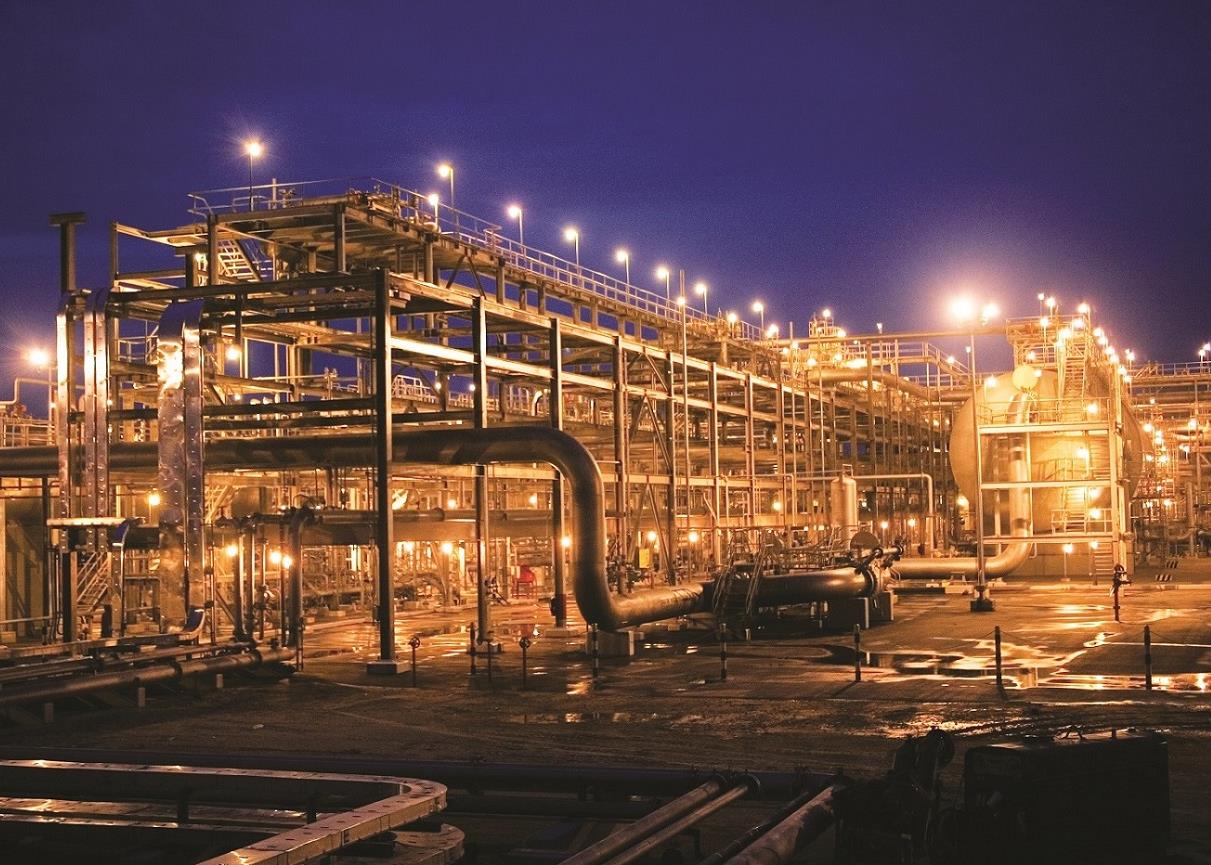

You might also be interested to read:
> Region ramps up hydrogen agenda
> Clean hydrogen could compete with fossil fuels by 2030
> Green hydrogen consortium formed
| Subscribe to MEED |

The hype surrounding hydrogen, and in particular green hydrogen, has become increasingly hard to avoid as it dominates in industry discussions of oil and gas, renewable energy, mining and climate change.
 The opportunity to pivot to green hydrogen is particularly strong in the Middle East and North Africa (Mena) region.
The opportunity to pivot to green hydrogen is particularly strong in the Middle East and North Africa (Mena) region.
The spectre of climate change looms large and this region has already been hard hit by low oil prices that may be exacerbated by the decline in oil demand that is predicted by 2040.
The opportunity lies in repurposing the knowledge and skills of the energy sector to the emerging hydrogen industry. In addition, given the quality of the solar and wind resources – demonstrated by record-low tariffs – and the geographic location, the region is well placed to be a world-leading exporter of green hydrogen, if it acts now.
Currently, hydrogen production can be relatively cheap, but the process produces carbon dioxide as a by-product.
In green hydrogen production, renewable energy is combined with electrolysis; while this process does not produce carbon dioxide, it is not currently cost-competitive with hydrogen that is produced using fossil fuels.
However, the cost of green hydrogen production is forecast to reduce significantly as production is scaled up.
Saudi utilities developer Acwa Power has recently formed a consortium with other firms with the aim of getting green hydrogen to less than $2 a kilogram by 2026.
Market potential
In the Middle East, there is an opportunity to target the hydrogen market through various production routes, but green hydrogen will likely dominate as more countries look to decarbonise their economies. There is not currently a significant hydrogen market in the region, so the initial projects announced are targeting export markets.
The opportunities for hydrogen offtakes are emerging in the following areas:
> Gas network operators: Blending hydrogen into existing gas networks is the simplest way to boost local demand. Saudi Aramco has recently delivered to Japan a first shipment of blue ammonia – a chemical compound that contains hydrogen and is created from by-products of fossil fuel production.
> Transportation: While demand in the transport sector will be significant in the future, the level of expenditure required to incorporate hydrogen – such as with new vehicles and refuelling stations – is currently a deterrent outside the commercial sector. Pilot transport sector projects have been announced in the UAE and Saudi Arabia, but these are on a small scale at the moment.
> Grid: Hydrogen as an energy storage vector will play an important role in grid stabilisation. The round-trip efficiency of incorporating hydrogen storage into grids remains a challenge, but in the long term this is one of the biggest opportunities regionally, as the development of a reliable, cheap storage solution for renewables could be exported globally.
> Industry: There is an existing market for hydrogen in various industries, but to displace existing sources, green hydrogen must become cost-competitive.
Overcoming challenges
As with any emerging industry, there are hurdles to overcome. These include:
> Finance: The hydrogen market is relatively new, and financiers tend to apply more onerous lending principles when undertaking financial assessments of projects. While debt finance remains relatively plentiful for standard renewable energy assets such as solar and wind, the limited offtake opportunities for green hydrogen can be troubling for conventional debt financiers. However, the emergence of private equity investors and pension funds is filling the liquidity shortfall.
 > Contracting models: Engineering, procurement and construction (EPC) contracting is common for major renewable energy projects, particularly in the Mena region, but the specialist nature of the individual components that make up a hydrogen project mean split contracting could be a more economic delivery method on early projects, although this is often not supported by financiers.
> Contracting models: Engineering, procurement and construction (EPC) contracting is common for major renewable energy projects, particularly in the Mena region, but the specialist nature of the individual components that make up a hydrogen project mean split contracting could be a more economic delivery method on early projects, although this is often not supported by financiers.
> Regulatory environment: The regulatory environment around green hydrogen remains immature. In many markets, regulations will be required to incentivise green hydrogen projects, either through the introduction of emissions schemes or financial support mechanisms.
> Storage and transport: Before a global hydrogen trading market is possible, a cost-effective and safe way of storing and transporting hydrogen must be developed. Projects such as Saudi Arabia’s Neom development are exploring the use of ammonia as a transport medium, as this is easier and safer to store.
Reaping the rewards
The race to develop domestic and international hydrogen trading markets is very real, and it would be remiss for the Mena region not to capitalise on the natural resources it has in abundance to embark upon its hydrogen journey.
While there are challenges for early movers, the rewards will be plentiful. Energy transition is unavoidable, but the potential for the Mena region is real.
About the authors

Pictured from left to right: George Varma and Tim Armsby are partners and Toby Evans is an associate at Pinsent Masons
More on the hydrogen market
> Firms plan 1GW clean hydrogen plant in Oman
> Region ramps up hydrogen agenda
> Clean hydrogen could compete with fossil fuels by 2030
> Germany supports Saudi hydrogen project
> Gulf nears hydrogen benchmark
> Water electrolysis market to reach $10.2bn
> Green hydrogen consortium formed
> Annual $1bn green hydrogen investments in 2023
You might also like...

Red Sea Global awards Marina hotel infrastructure
18 April 2024

Aramco allows more time to revise MGS package bids
18 April 2024

Morocco tenders high-speed rail project
18 April 2024
A MEED Subscription...
Subscribe or upgrade your current MEED.com package to support your strategic planning with the MENA region’s best source of business information. Proceed to our online shop below to find out more about the features in each package.








